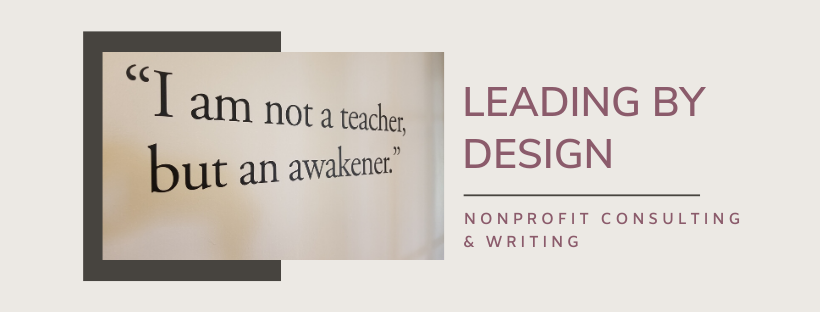IF YOU WERE BUILDING A BOARD RECRUITMENT program from scratch, what would you make of it? I think I'd start with two pieces of information: a board job description and a criteria list for the skills and attributes I need around that board table. The job description would give me most all the information I'd need to approach a prospect to discuss board service. I'd consider it my script for the conversation. It would include all the expectations my organization would expect of a board member and it would include what the board member could expect from the organization. The criteria list would be my road map to the people I'd be sharing that job description with. As I've written about in other posts ( here , here and here ) it's knowing what I've got to work with and what I need that sets me up for my search of the who's. Without this data, I could just ask any passing stranger if she or he had interest in joining my board. I could just paper the
